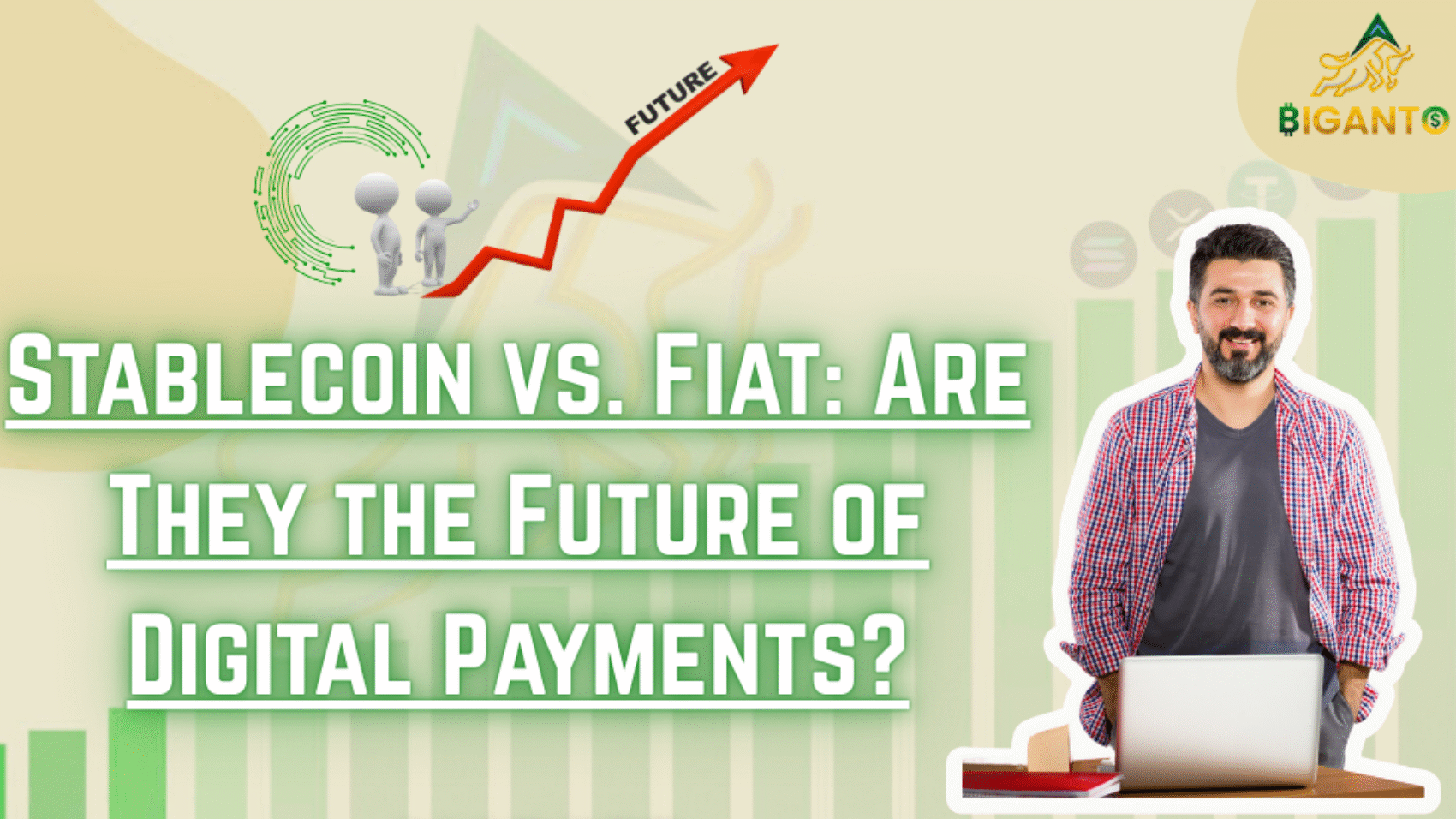The world of digital payments is rapidly evolving, with the rise of stablecoins and cryptocurrencies challenging traditional fiat currencies. While fiat currencies have been the foundation of global trade for centuries, the rise of cryptocurrencies has sparked a significant shift in the way we think about money. Among the various forms of digital currencies, stablecoins—cryptocurrencies designed to maintain a stable value—have gained significant traction.
What Are Stablecoins?
Stablecoins are a type of cryptocurrency designed to have a stable value by pegging their worth to a reserve asset, like a fiat currency (USD, EUR, etc.) or a commodity (gold, for example). Unlike volatile cryptocurrencies like Bitcoin or Ethereum, which can experience dramatic price swings, stablecoins are engineered to maintain a fixed value, making them more predictable and useful for everyday transactions. They achieve this stability through various mechanisms, including:
Collateralization: Backing the stablecoin with a reserve of fiat currency or other assets.
Algorithmic stabilization: Using algorithms to adjust the supply of stablecoins and maintain stability.
What are Fiat Currencies?
Fiat currency refers to traditional government-issued money that is not backed by a physical commodity like gold. Instead, its value is derived from the trust and confidence people have in the government that issues it. The U.S. dollar (USD), euro (EUR), and Japanese yen (JPY) are all examples of fiat currencies. Fiat money has been the global standard for centuries, enabling people to exchange goods and services easily.
Unlike stablecoins, fiat currencies are centralized and controlled by governments and central banks, which can influence their value through monetary policy, interest rates, and regulations.
Stablecoin vs Fiat: Key Differences
Here are the key differences between stablecoins and fiat currencies:
– Stability: Stablecoins are designed to maintain a stable value, while fiat currencies can be subject to inflation, deflation, or currency fluctuations.
Stablecoins have a clear edge in terms of stable value, which is critical for day-to-day transactions and payments.
– Decentralization: Stablecoins are typically issued on blockchain platforms, making them decentralized and transparent. Fiat currencies, on the other hand, are centralized and controlled by governments and central banks.
Fiat currencies currently have the upper hand in terms of regulatory trust. However, as stablecoins evolve, we may see more regulation and oversight, increasing their trustworthiness
– Security: Stablecoins offer enhanced security features, such as cryptographic encryption and decentralized governance. Fiat currencies, while secure in their own right, can be vulnerable to counterfeiting and other forms of manipulation.
– Speed and Efficiency: Stablecoins enable fast and efficient transactions, often with lower fees than traditional fiat currency transactions.
Stablecoins excel in speed and low transaction costs, especially for cross-border payments.
The Future of Digital Payments: Will Stablecoins Replace Fiat?
Stablecoins offer numerous advantages over traditional fiat currencies in the realm of digital payments, including faster transaction speeds, lower costs, and broader accessibility. However, there are still challenges that need to be addressed for stablecoins to become a mainstream alternative to fiat currency.
- Regulation: For stablecoins to gain global trust and widespread adoption, clear regulatory frameworks are necessary. Governments will need to decide how to handle stablecoins in terms of monetary policy, taxation, and oversight.
- Volatility and Trust: While stablecoins are designed to maintain a stable value, their future viability depends on the stability and security of the collateral they are backed by. Additionally, the collapse of certain algorithmic stablecoins has shown that not all stablecoins are as reliable as others.
- Central Bank Digital Currencies (CBDCs): Governments around the world are exploring or developing their own digital currencies, known as CBDCs. These government-backed digital currencies could eventually provide competition for stablecoins, providing a secure and regulated alternative to both fiat and cryptocurrencies.
Conclusion
Stablecoins offer a promising alternative to traditional fiat currencies, with their stability, decentralization, security, and speed. However, they still face challenges and uncertainties. As the digital payments landscape continues to evolve, it’s likely that we’ll see a hybrid model emerge, combining the benefits of stablecoins and fiat currencies. Whether stablecoins become the future of digital payments remains to be seen, but one thing is certain – they’re an exciting and innovative development in the world of finance.

